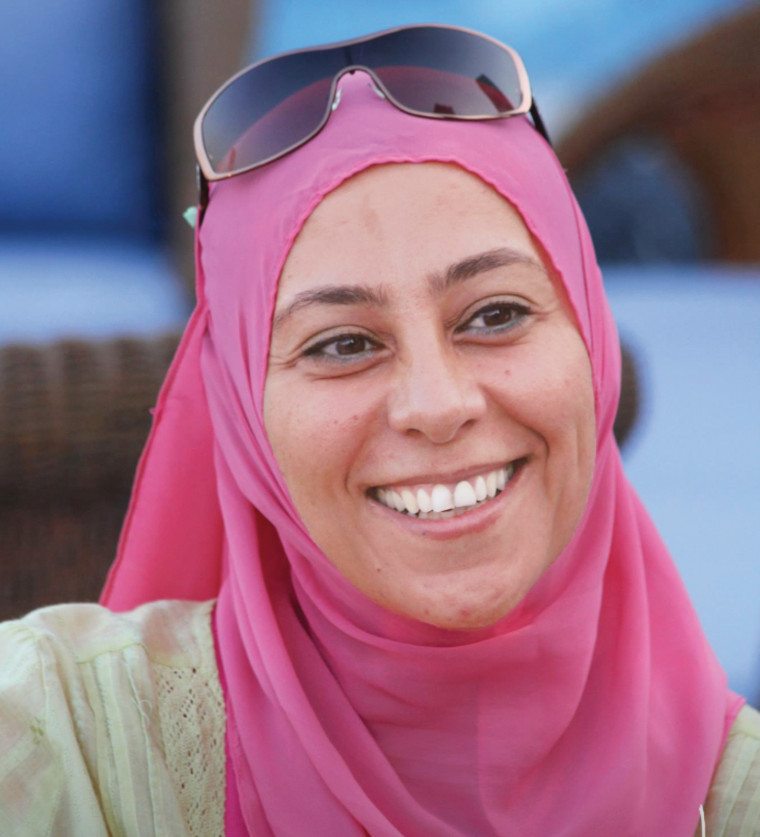Digging Into Ancient Egypt
Open gallery

Rasha Soliman, a Fulbright Scholar in Residence, is teaching courses on Ancient Egypt and archaeology this spring as part of the college’s Middle East and North African Studies program. A world traveler born in Cairo, she pursued her undergraduate and graduate work at Helwan University and holds a faculty appointment at Misr University for Science & Technology.
What is your area of expertise?
I study Ancient Egypt, primarily working at archaeological sites. There is a site in the southern part of Egypt called Luxor, which was known as Thebes in ancient times. Currently, I am working on documenting Theban tombs at a site called el-Tarif. These tombs have been neglected because of their lack of mural scenes and treasures. I hope I can record them for future scholars.
Why did you decide to specialize in Ancient Egypt?
There’s a lot of work that needs to be done. As an archaeologist, you’re trying to figure out a civilization you can no longer see … you’re trying to understand it and learn why it was great.
What courses are you teaching this spring?
I’m teaching two classes. The first is Ancient Egypt, a 200-level course that focuses mostly on history. The course highlights the changes and developments of Egyptian civilization over roughly 3,000 years, from the early dynastic period to the end of the Pharaonic civilization. We’re covering what each era is famous for, so we’ll touch on literature, art, and architecture.
I’m also teaching Ancient Egyptian Archaeology, a 300-level course, that focuses on archaeological techniques and their application to ancient Egyptian archaeological sites. The course is divided into two parts: funerary archaeology, which addresses tombs and pyramids, and religious archaeology, which centers on temples.
What are your impressions of Lewis & Clark?
Lewis & Clark has a wonderful layout. It is not just a college campus—it is a beautiful place.
—by Zoey Steel BA ’20
More L&C Magazine Stories
Lewis & Clark Magazine is located in McAfee on the Undergraduate Campus.
MSC: 19
email magazine@lclark.edu
voice 503-768-7970
fax 503-768-7969
The L&C Magazine staff welcomes letters and emails from readers about topics covered in the magazine. Correspondence must include your name and location and may be edited.
Lewis & Clark Magazine
Lewis & Clark
615 S. Palatine Hill Road MSC 19
Portland OR 97219

